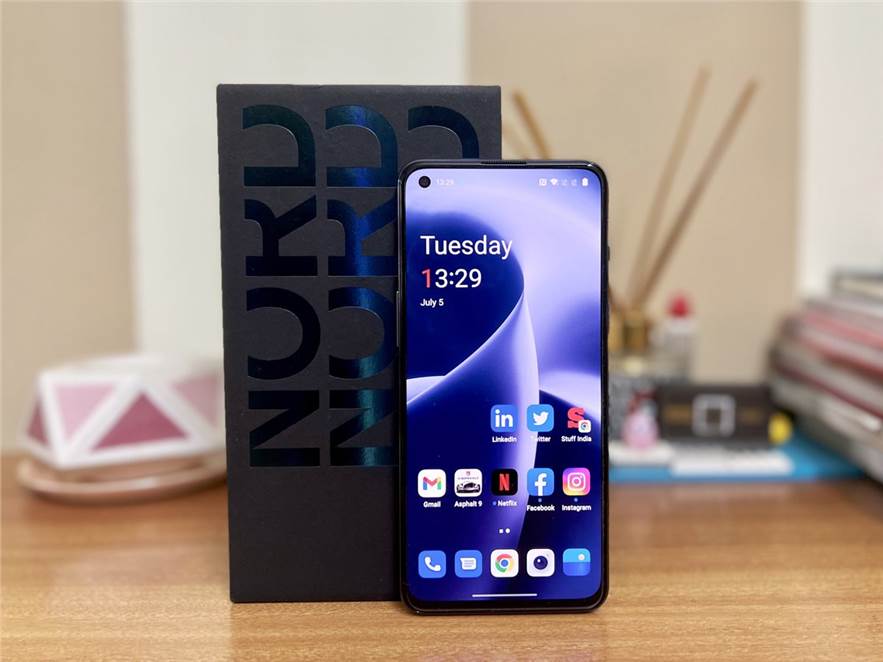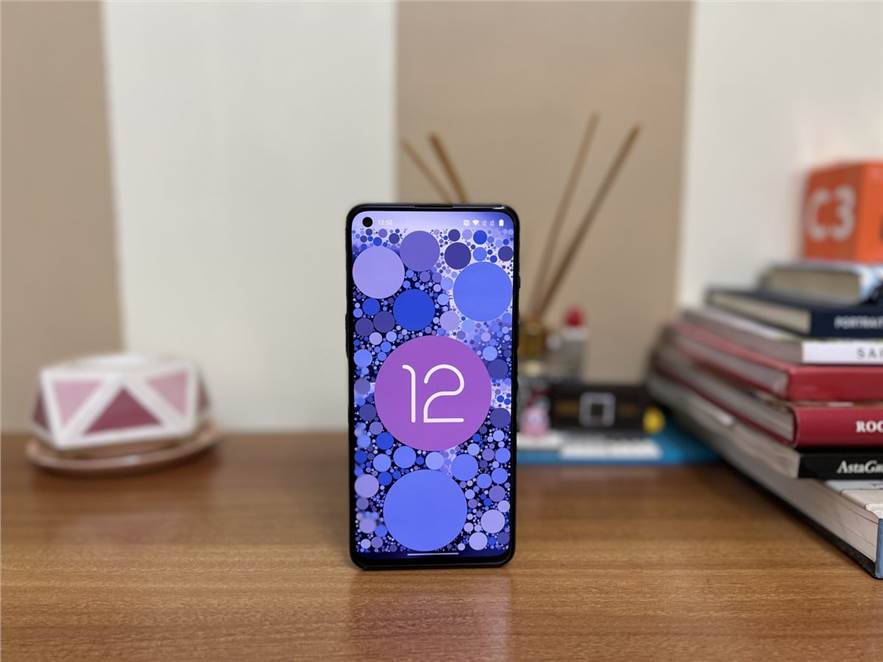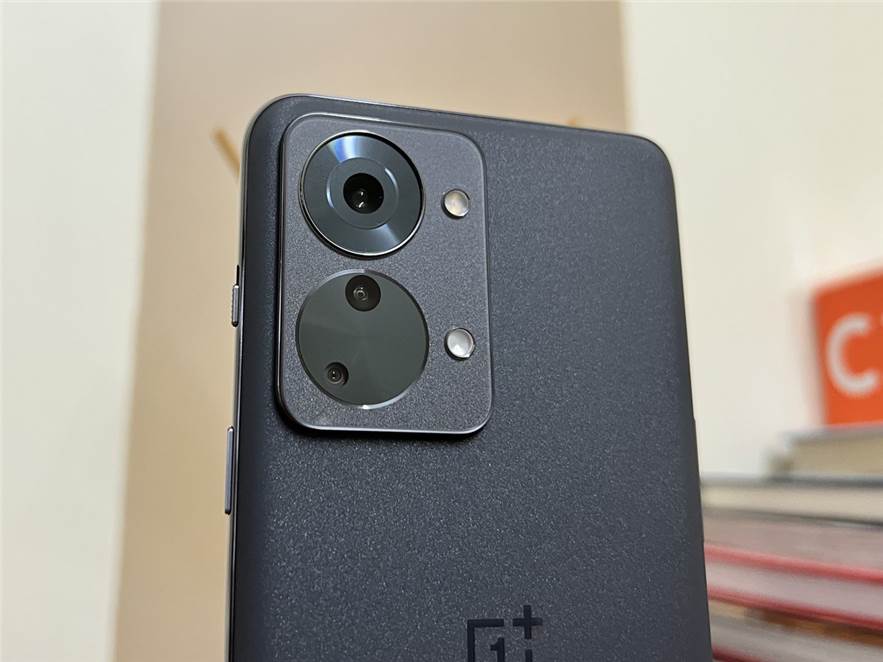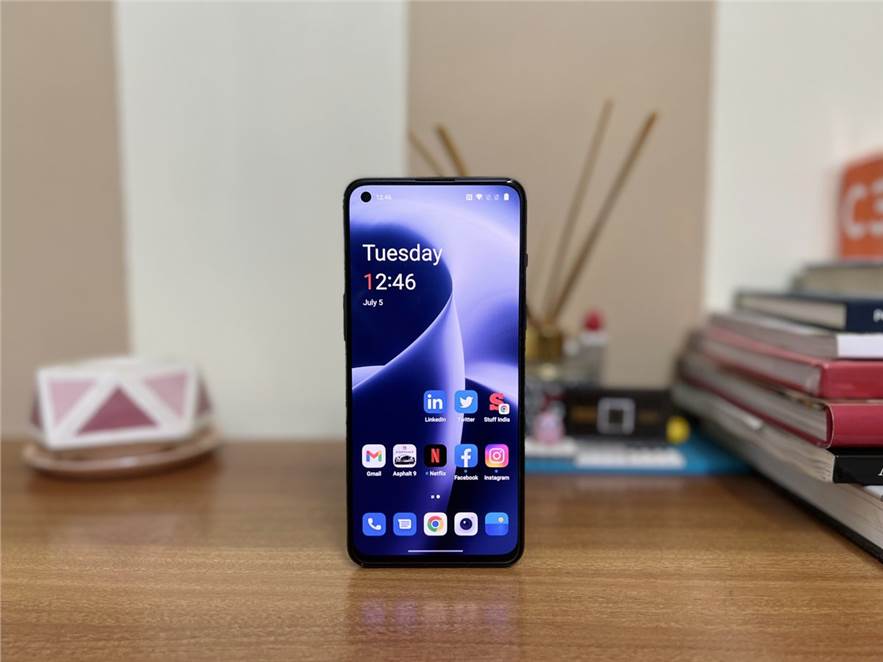
OnePlus Nord 2T review
Nailing the fundamentals… once again
(12GB RAM variant)

Design


What we do like is the sandstone-ish texture on our review unit which takes us back to the OnePlus One. Another feature making a comeback to this segment is the Alert Slider, and we couldn’t have been happier.
Display

Performance

Battery

Software

Cameras

Sticking with the theme, there’s not a lot of difference in this department either. You continue to get a triple-camera setup consisting of a 50MP primary lens, 8MP ultra-wide lens, and a 2MP monochrome lens. This is by no means a pro-grade camera setup, and it shows in the photos.








The mono lens is more useful to add artistic touches to your photos. For us, it was able to add a sense of eeriness to the historical monuments around us.
Verdict

Stuff Says
Not the biggest upgrade but continues to offer reliable experience in the mid-range
|
Good stuff
|
Bad stuff
|
|
|
Specifications
| Display: | 6.43in (2400 x 1080 pixels) 90Hz AMOLED |
| Processor: | MediaTek Dimensity 1300 |
| RAM: | 8GB / 12GB |
| Storage: | 128GB / 256GB |
| Battery: | 4,500mAh 80W SUPERVOOC |
| Rear cameras: | 50MP + 8MP ultra-wide + 2MP mono |
| Front camera: | 32MP |
| Software: | Android 12-based OxygenOS |
| Dimensions: | 15.91 x 7.32 x 0.82 cm |
| Weight: | 190 grams |
